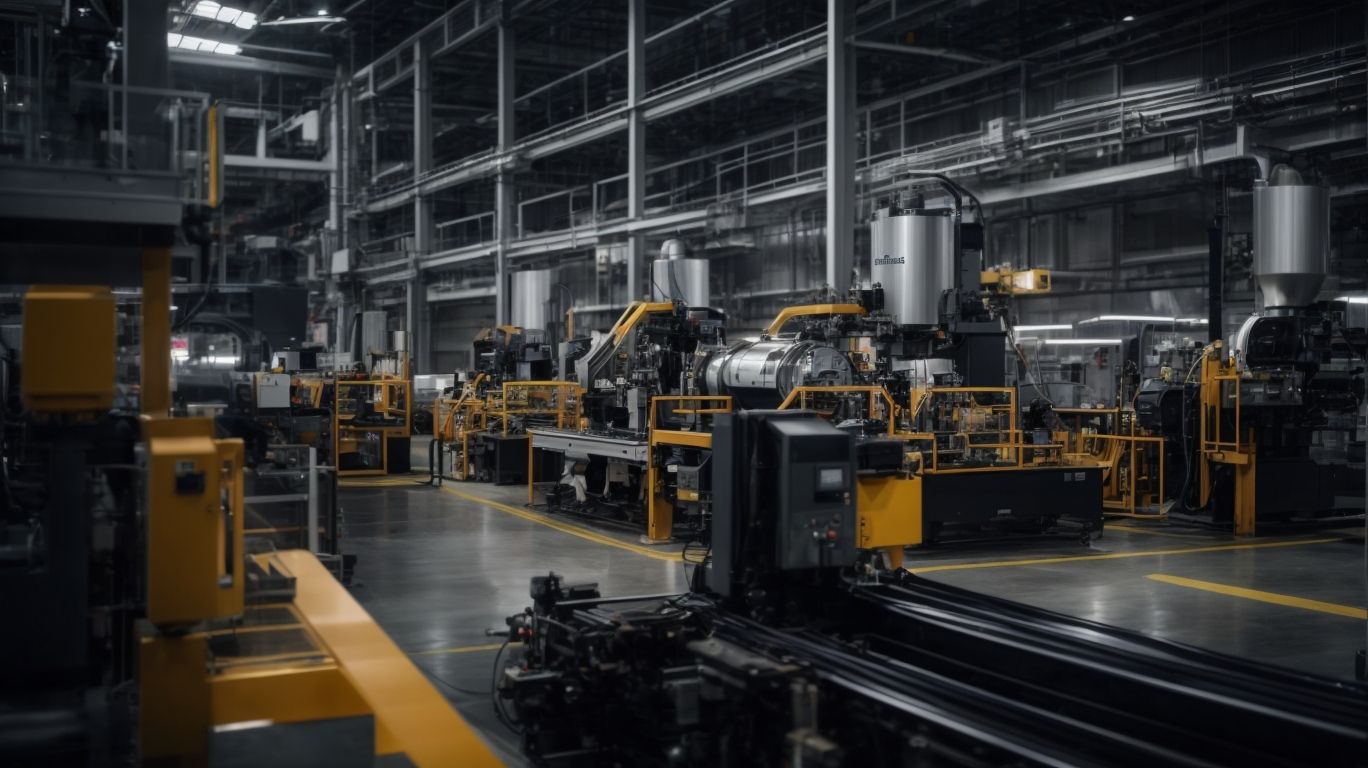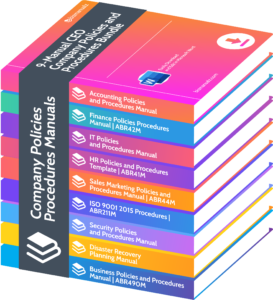COO Optimization–Achieving Manufacturing Process Optimization

Are you struggling with optimizing your manufacturing processes? Look no further. In this article, we will explore the importance of COO optimization and provide practical tips to help your business achieve manufacturing process optimization. Say goodbye to inefficiencies and hello to improved productivity and profitability. COO Optimization Achieving Manufacturing Process Optimization.
What Is COO Optimization?
COO optimization is the process of improving manufacturing processes to increase efficiency and output, while also reducing costs and resource usage.
Why Is COO Optimization Important?
COO optimization is of utmost importance in enhancing production efficiency, reducing costs, and ensuring timely delivery. By streamlining processes, minimizing waste, and improving overall productivity, companies can gain a competitive edge in the market and effectively meet customer demands, leading to sustainable growth.
In fact, during World War II, COO optimization played a crucial role in increasing manufacturing output to support the war effort, resulting in significant advancements in production techniques.
What Are The Key Factors For Achieving COO Optimization?
In the world of manufacturing, achieving COO (Cost of Ownership) optimization is crucial for success and growth. But what exactly does this mean and what are the key factors that contribute to it?
In this section, we will delve into the key components of COO optimization, including efficient resource utilization, streamlined processes, waste minimization, and the integration of automation and technology. By understanding these factors, companies can improve their manufacturing processes and ultimately achieve greater profitability and competitiveness in the market.
1. Efficient Use of Resources
- Implement energy-efficient practices to reduce electricity consumption and make better use of resources.
- Optimize raw material usage by minimizing waste and embracing recycling, promoting efficient use of resources.
- Utilize advanced technology for better resource management and allocation, ensuring efficient use of resources.
- Train employees on efficient resource utilization and encourage a culture of conservation, promoting the efficient use of resources.
2. Streamlined Processes
- Standardize processes to ensure uniformity and efficiency, with a focus on streamlined processes.
- Eliminate unnecessary steps to reduce complexity and save time in the streamlined process.
- Implement automation where feasible to expedite tasks and further streamline processes.
- Utilize technology for seamless integration and data-driven decision-making within the streamlined process.
Pro-tip: Continuous refinement of streamlined processes is crucial for sustained operational excellence and improved efficiency.
3. Minimization of Waste
- Implement recycling programs to minimize waste generation.
- Adopt lean manufacturing principles for waste reduction.
- Utilize just-in-time inventory systems to reduce excess inventory and waste.
- Opt for eco-friendly packaging materials and designs to minimize environmental impact.
4. Automation and Technology Integration
- Automated Processes: Implementing automated machinery and systems to optimize production and reduce manual labor.
- Technology Integration: Incorporating state-of-the-art software and hardware to enhance operational efficiency and data management.
- Training and Development: Providing staff with the necessary skills and knowledge to effectively utilize automated systems and integrated technologies.
- Continuous Improvement: Iteratively updating and refining automation and technology integration to align with evolving industry standards and business needs.
What Are The Steps Involved In COO Optimization?
The concept of COO (Cost of Ownership) optimization is becoming increasingly important in the manufacturing industry. It involves analyzing and improving the entire manufacturing process to reduce costs and increase efficiency.
In this section, we will discuss the steps involved in COO optimization, starting with identifying areas of improvement and analyzing current processes. We will then move on to implementing changes and the importance of continuous monitoring for sustained improvement. Let’s dive into the details of this crucial process for achieving manufacturing process optimization.
1. Identifying Areas of Improvement
- Reviewing existing processes and workflows for identifying areas of improvement.
- Collecting feedback from employees to gain diverse insights and perspectives.
- Analyzing performance data to identify bottlenecks and areas for improvement.
- Assessing resource allocation and utilization to determine potential areas for improvement.
Pro-tip: It is important to regularly involve all stakeholders in the identification process to ensure comprehensive improvement initiatives.
2. Analyzing Current Processes
- Reviewing existing workflows to identify inefficiencies in resource allocation.
- Analyzing data to pinpoint bottlenecks and areas for improvement in the process.
- Assessing the current level of technology integration and automation to optimize operations.
3. Implementing Changes
- Assess the current processes and their shortcomings.
- Develop a plan for implementing changes, considering resource allocation and timeline.
- Communicate the proposed changes to all stakeholders and obtain their buy-in.
- Train employees on the new processes and provide necessary support during the transition.
4. Monitoring and Continuous Improvement
- Regular Evaluation: Continuously monitor processes and performance to identify areas for improvement.
- Feedback Mechanism: Establish a feedback loop to gather insights from employees and stakeholders.
- Adjust and Adapt: Use the gathered data to make necessary adjustments and adapt to changes.
- Continuous Training: Provide ongoing training to employees to enhance skills and knowledge.
History tells us that the implementation of monitoring and continuous improvement is evident in the success of the Toyota Production System, where consistent monitoring and improvement efforts resulted in significant advancements in manufacturing processes.
What Are The Benefits of COO Optimization?
COO optimization is a crucial aspect of achieving manufacturing process optimization. By streamlining and improving the Chief Operating Officer’s (COO) role in a company, businesses can reap numerous benefits.
In this section, we will explore the advantages of COO optimization, including increased efficiency and productivity, cost savings, quality improvement, and gaining a competitive advantage in the market. These benefits will be further discussed in the following sub-sections.
1. Increased Efficiency and Productivity
- Enhanced workflow: Implement streamlined processes to reduce delays and optimize resource utilization and increase efficiency and productivity.
- Training and skill development: Invest in employees’ skills to enhance their performance and efficiency and promote increased efficiency and productivity.
- Performance measurement: Establish KPIs to track productivity and identify areas for improvement and measure increased efficiency and productivity.
2. Cost Savings
Cost savings in COO optimization can be achieved through:
- Implementing efficient resource allocation
- Streamlining processes to reduce operational costs
- Minimizing waste to lower material and disposal expenses
- Integrating automation and technology for labor cost reduction
An example of successful cost savings through COO optimization is Toyota’s lean manufacturing, which revolutionized production efficiency, minimized waste, and reduced costs.
3. Quality Improvement
- Implementing strict quality control measures to guarantee that products not only meet but exceed industry standards.
- Investing in advanced technology and automation to improve precision and consistency.
- Training and empowering employees to uphold high quality standards at every stage of the production process.
Did you know? The implementation of quality improvement initiatives can result in a substantial decrease in defects and rework, ultimately increasing customer satisfaction and loyalty.
4. Competitive Advantage
In the world of COO optimization, having a competitive advantage means surpassing competitors through efficient processes, cost-effectiveness, and superior quality.
This advantage can be attained by implementing streamlined operations, minimizing waste, and incorporating advanced technology. Successful examples of COO optimization, such as Toyota’s Production System and Lean Manufacturing, demonstrate how it can lead to a competitive edge in the market.
Continually analyzing and adapting operations is crucial for maintaining a sustained competitive advantage.
What Are Some Examples of Successful COO Optimization?
In the world of manufacturing, achieving process optimization is crucial for maximizing efficiency and profitability. One effective approach to achieving this is through COO optimization, or the continuous improvement of manufacturing processes.
In this section, we will delve into some real-life examples of successful COO optimization. From the renowned Toyota Production System to the widely used Lean Manufacturing and Six Sigma Methodology, we will explore the principles and practices behind these successful optimization strategies.
1. Toyota Production System
The Toyota Production System (TPS) consists of several essential steps:
- Just-in-Time (JIT) production
- Jidoka (automation with a human touch)
- Kaizen (continuous improvement)
- Genchi Genbutsu (go and see for yourself)
Pro-tip: Implementing TPS requires a cultural shift towards empowering employees and constantly striving for efficiency.
2. Lean Manufacturing
- Identify Waste: Recognize non-value-adding activities and eliminate them.
- Continuous Improvement: Foster a culture of ongoing enhancement in processes and products.
- Flexible Production: Adapt production to meet changing demands and minimize inventory.
- Employee Involvement: Engage and empower workers to identify issues and propose solutions.
- Lean Principles: Apply lean tools like 5S, Kanban, and Kaizen for systematic improvement.
Fact: Lean Manufacturing originated from the Toyota Production System, emphasizing efficiency and waste reduction.
3. Six Sigma Methodology
Six Sigma Methodology focuses on continuous improvement through a defined sequence of steps:
- Define the problem and customer requirements.
- Measure existing processes and gather data.
- Analyze the data to identify root causes of defects or inefficiencies.
- Improve processes by implementing solutions.
- Control and maintain the improvements to ensure long-term success.
For successful COO optimization using the 3. six sigma methodology, thorough training and commitment from all levels of the organization are crucial.
Frequently Asked Questions

What is COO Optimization?
COO Optimization stands for Chief Operating Officer Optimization and it refers to the process of improving and streamlining manufacturing processes to achieve maximum efficiency and profitability.
How can COO Optimization benefit my company?
By optimizing manufacturing processes, COO Optimization can help reduce costs, increase productivity, improve quality, and ultimately lead to higher profits for your company.
What are the key steps involved in achieving COO Optimization?
The key steps in achieving COO Optimization include conducting a thorough analysis of current manufacturing processes, identifying areas for improvement, implementing changes and improvements, and continuously monitoring and adjusting processes for ongoing optimization.
Is COO Optimization only beneficial for large companies?
No, COO Optimization can benefit companies of all sizes. In fact, small and medium-sized businesses can often see the biggest improvements in profitability and efficiency through COO Optimization.
How long does it take to achieve COO Optimization?
The timeline for achieving COO Optimization can vary depending on the size and complexity of the company’s manufacturing processes. However, with a dedicated team and proper planning, significant improvements can often be seen within a few months.
What role does technology play in COO Optimization?
Technology plays a critical role in COO Optimization, from implementing automation and digitalization to using data analytics to identify areas for improvement. Utilizing the right technology can greatly accelerate the process of achieving manufacturing process optimization.

















Leave a Reply